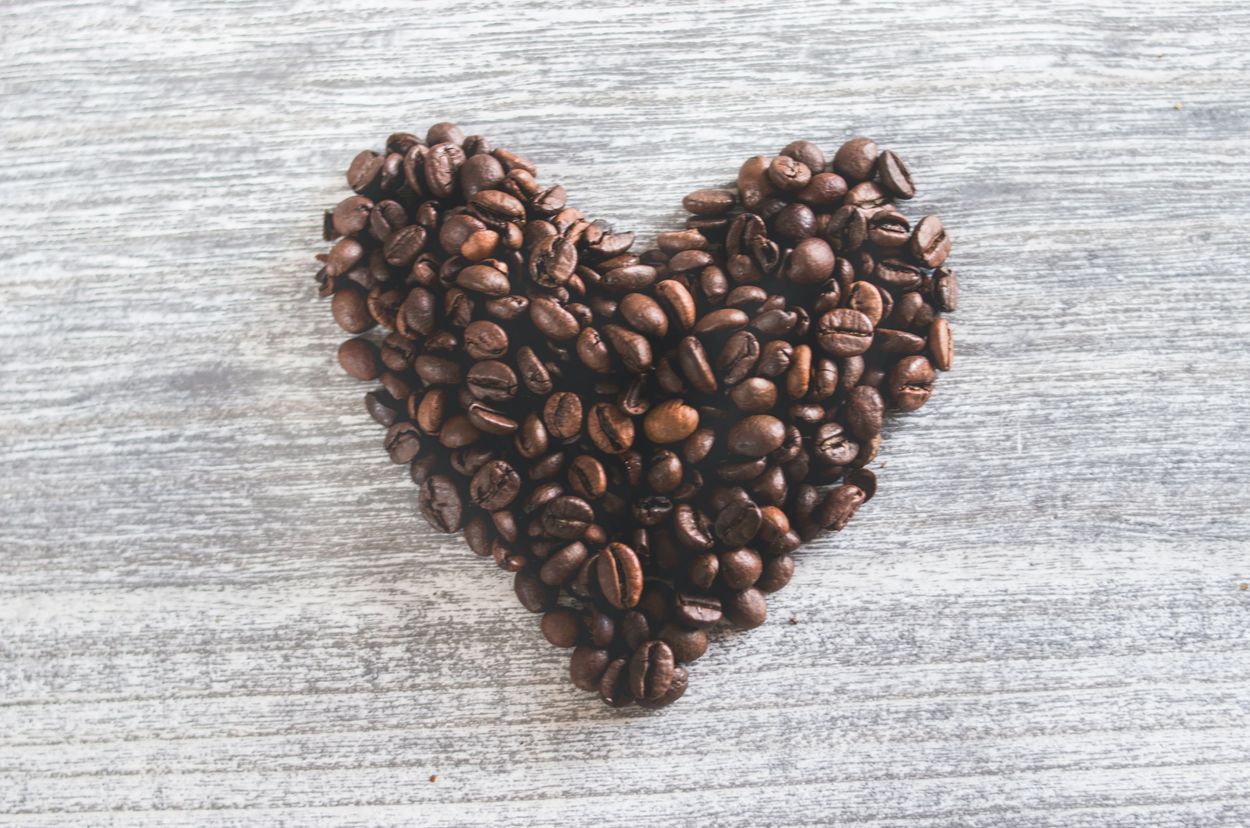Coffee is a popular and stimulating drink that many people enjoy worldwide. The flavor of coffee can be described as rich, bitter, and sometimes slightly acidic.
It is commonly consumed hot but can also be served chilled or intermingled with ice and other ingredients to make specialty drinks like lattes and frappuccinos. Coffee is often associated with increased alertness and mental acuity due to its caffeine content and has become an indispensable or essential part of many people’s daily routines.
Coffee beans contain caffeine and antioxidants, which may give you more energy and reduce your chance of contracting certain diseases. Although it is okay to eat coffee beans, you should not consume too much of it; excessive consumption can have negative side effects and those with chocolate coatings may also contain too many calories, sugars, and fats.
Origin of Coffee
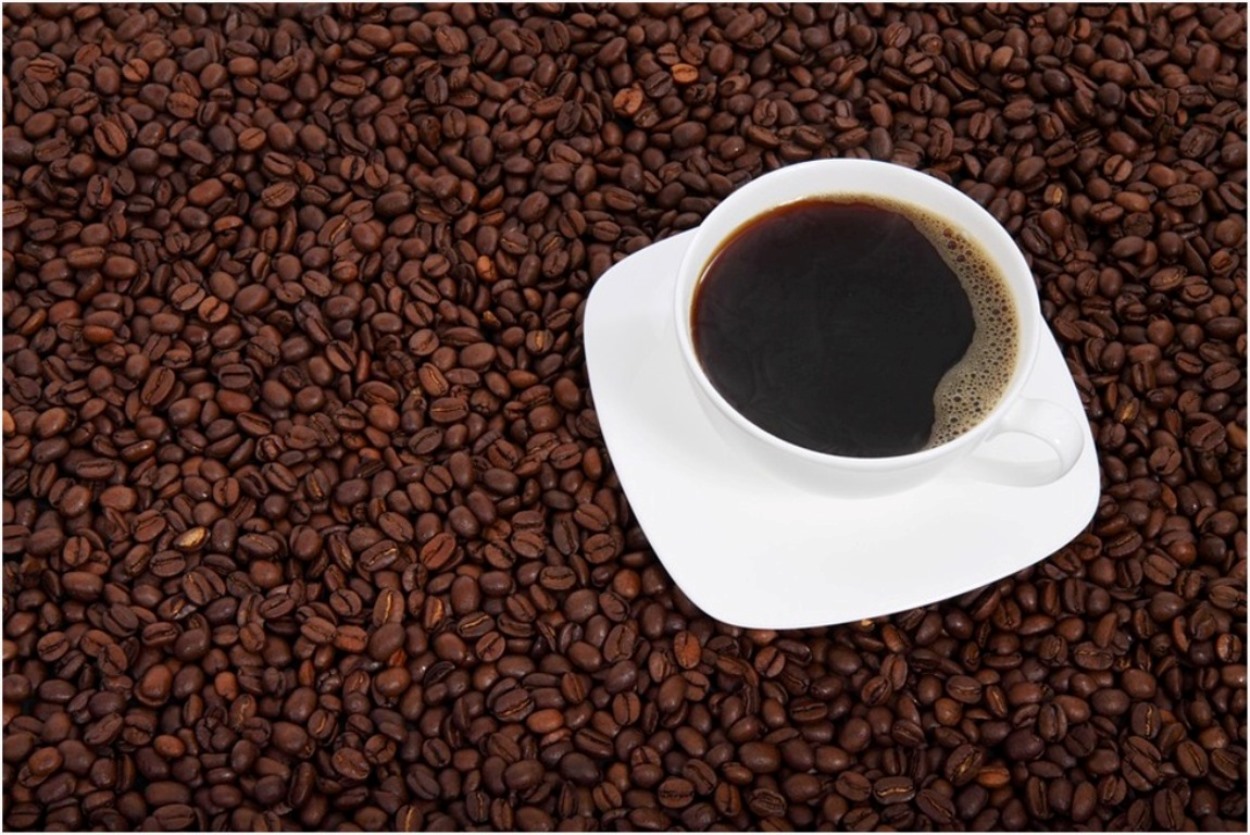
Coffee is supposed to have originated in Ethiopia, in the region known as Kaffa. Legend has it that a goat herder called Kaldi revealed the stimulating effects of coffee after noticing that his goats became energetic and restless after eating the berries from a specific bush.
Local monks started using the berries to prepare an energizing beverage after Kaldi told them about his discovery to keep them awake during extended periods of prayer and meditation.
From there, the popularity of coffee spread to the Arabian Peninsula and beyond, eventually becoming a beloved beverage worldwide. Nowadays, coffee is grown and enjoyed in many countries, with some of the largest producers including Brazil, Colombia, and Vietnam.
What are Coffee Beans?
Coffee beans are the seeds or pits of the Coffee plant. There are several different species of Coffee, but the two most commonly cultivated for coffee production are Coffee Arabica and Coffee Robusta.
The beans are contained inside cherry-like fruits that grow on the Coffee plant. Once the fruits have ripened and turned red, they are harvested, and the beans are extracted.
Coffee Beans Processing Steps
- The coffee beans undergo several processing steps before being roasted and brewed.
- The first step is to remove the outer layers of the fruit, which can be done using either a dry or wet process.
- With the dry process, the fruits are left to dry in the sun before being threshed to remove the outer layers.
- With the wet process, the fruits are pulped and then left to ferment in water, which helps to break down the remaining fruit pulp.
- After the outer layers have been removed, the beans are washed and dried.
- Once the beans are dried, they are sorted and graded based on size and quality.
- Then, the beans are roasted to develop their characteristic aroma and flavor.
- Roasting involves heating the beans to high temperatures, which causes them to undergo chemical changes that create the flavors and aromas of coffee.
- The roasted beans can then be ground and brewed to make coffee.
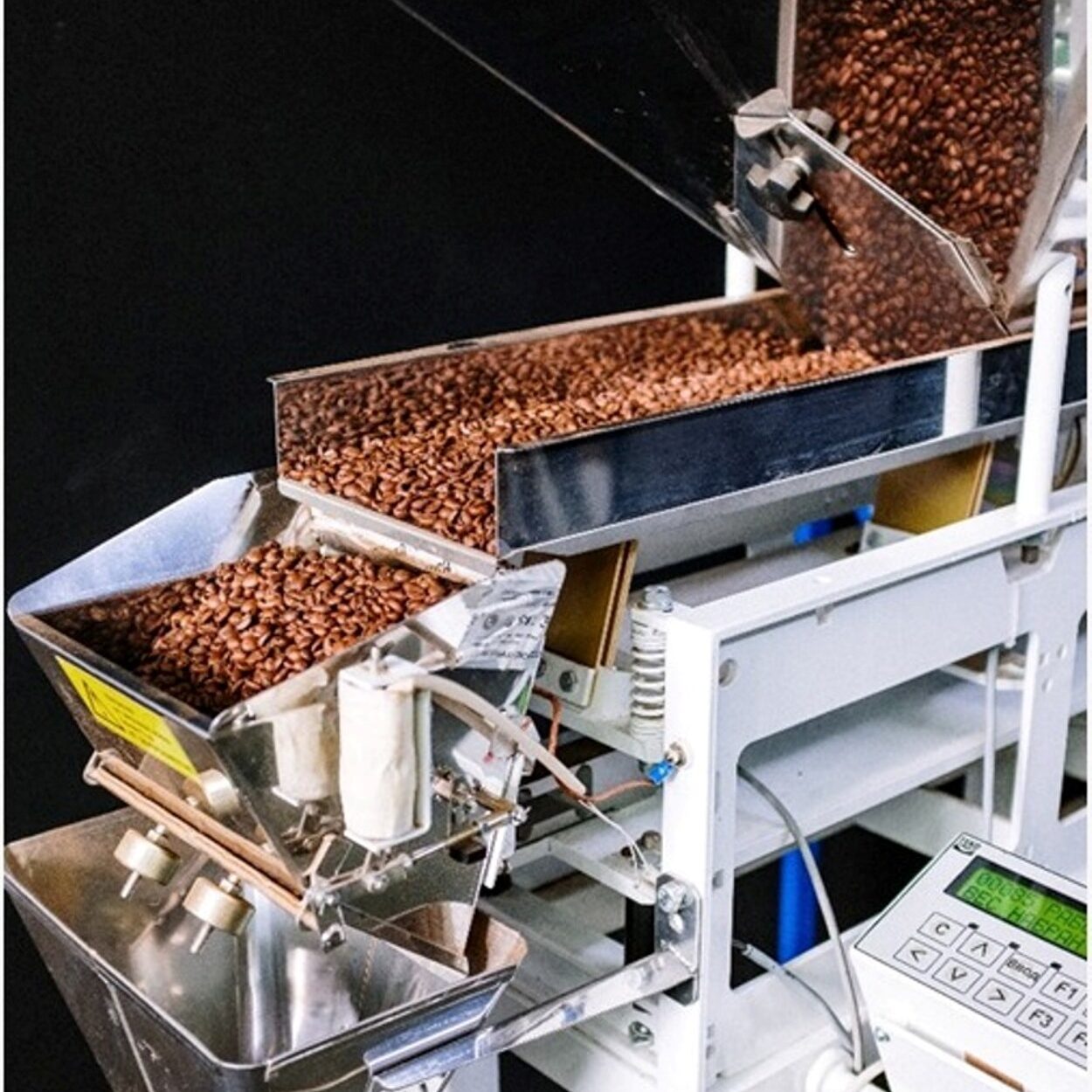
Types of Coffee Beans
Coffee beans are available in several different types, each with unique flavor profiles and characteristics. Some of them are as follows:
1. Arabica
Arabica is the most commonly grown coffee bean, accounting for around 60% of the world’s coffee production. It has a mild, smooth flavor with chocolate, caramel, and nuts notes.
2. Robusta
Robusta is a more bitter and robust coffee bean with a stronger flavor and higher caffeine content than Arabica. It’s often used in blends with Arabica beans for a stronger flavor.
3. Liberica
It is a less common coffee bean grown primarily in Southeast Asia and West Africa. It has a unique flavor with hints of fruit and floral notes.
4. Excelsa
Excelsa is another less common type of coffee bean, also grown primarily in Southeast Asia. It has a tart, fruity flavor with hints of dark chocolate and a smoky aroma.
5. Maragogype
Maragogype is a variety of Arabica coffee beans known for their large size and mild flavor.
6. Geisha
Geisha (also spelled Gesha) is a high-end variety of Arabica coffee beans grown primarily in Central and South America. It has a unique flavor profile with floral and tea-like notes.
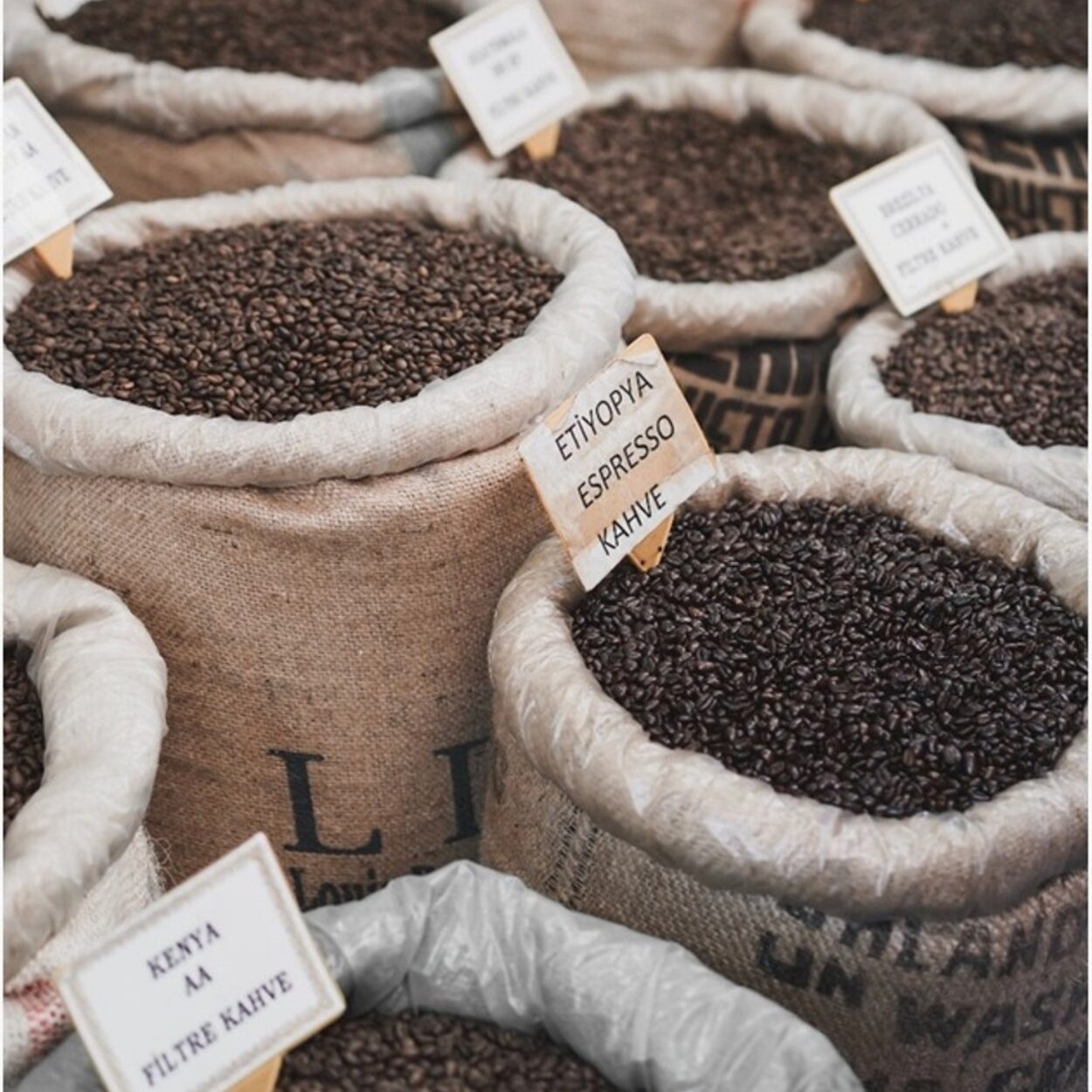
Can We Eat Coffee Beans?
Coffee beans can be eaten, although they are typically bitter and have a strong flavor. Eating coffee beans is sometimes done to get a quick energy boost since the caffeine in the beans can be absorbed more quickly through the digestive system than through drinking coffee.
However, it’s important to remember that eating large amounts of coffee beans can lead to excessive caffeine consumption, which can cause symptoms such as insomnia, jitteriness, and rapid heartbeat.
For this reason, it’s generally recommended to consume coffee in moderation and to be cautious about eating coffee beans.
Benefits of Eating Coffee Beans
While coffee beans can provide a quick energy boost due to their caffeine content, there are few specific health benefits associated with eating them compared to drinking coffee.
A few potential benefits of eating coffee beans are:
Increased Alertness
Eating coffee beans can provide a quick boost of energy and mental alertness due to the caffeine they contain.
Antioxidants
Coffee beans contain antioxidants, which can help to protect or guard cells from damage caused by free radicals.
Weight Loss
Some studies have suggested that coffee beans endorse weight loss by increasing or cumulative metabolism and reducing appetite. However, it’s worth noting that these potential benefits are not unique to eating coffee beans and can also be obtained through drinking coffee.
Moreover, eating large amounts of coffee beans can lead to excessive caffeine intake and potential negative side effects, so consuming coffee and coffee beans in moderation is important.
Side Effects of Eating Coffee Beans
While coffee beans can provide a quick energy boost, several potential side effects are associated with consuming them in large quantities. There are a few things to be attentive of:
Excessive caffeine consumption
Coffee beans contain caffeine, and eating large amounts can lead to excessive caffeine intake. It can cause wakefulness, agitation, precipitous heartbeat, and anxiety.
Digestive issues
Eating large amounts of coffee beans can also cause digestive problems such as upset stomach, nausea, and diarrhea.
Tooth damage
Coffee beans are hard and difficult to chew, leading to dental problems such as chipped or cracked teeth.
Allergic reactions
Some people may be allergic to coffee or coffee beans, and consuming them can lead to allergic reactions such as hives, itching, or difficulty breathing.
For these reasons, it’s generally recommended to consume coffee and coffee beans in moderation and to be aware of the probable risks and side effects. Speaking with a healthcare professional is important if you experience negative symptoms after eating coffee beans.
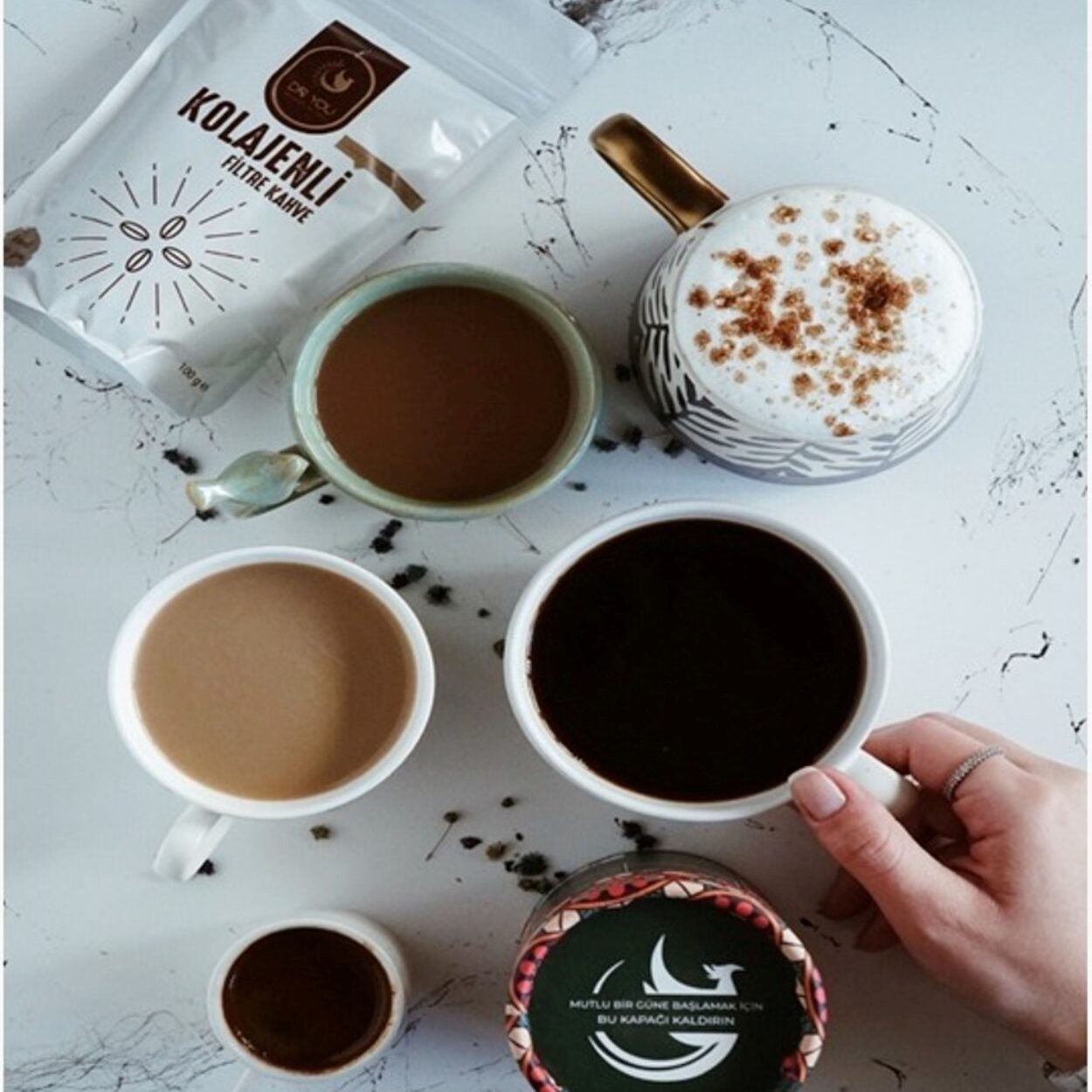
Types of Coffee from Coffee Beans
Coffee is made by infusing roasted coffee beans. The beans are typically ground into a powder and then steeped in hot water, which extracts the flavor and caffeine from the beans. The resulting liquid is what we know as coffee.
Making coffee from coffee beans can vary depending on the brewing method. Some common brewing methods include the following.
| Types of Coffee | Description |
| Drip coffee | Coffee beans are placed in a filter, and hot water is poured over the grounds, dripping into a carafe below. |
| French press | Coarsely crushed coffee beans are steeped in hot water in a French press, a cylindrical container with a plunger, and a mesh filter. After a few minutes of submerging, the plunger is pressed to separate the coffee grounds from the liquid. |
| Espresso | Finely ground coffee beans are compacted into a puck, and hot water is forced through the grounds at high compression, resulting in a concentrated shot of coffee. |
| Pour-over | Ground coffee beans are placed in a filter, and hot water is poured over them in a slow, steady stream, allowing the water to extract the flavor gradually. |
Can We Make Anything Else From Coffee Beans?
Coffee beans can be used in various ways beyond just brewing coffee. Here are some examples:
- Coffee grounds or beans can be used as a natural fertilizer for plants. They contain nitrogen and other nutrients that can assist in the growing of plants.
- Coffee beans can be ground into a powder and used as an ingredient in baking, especially in recipes that call for chocolate or other rich, earthy flavors.
- Coffee beans can be infused into oils or alcohol to create unique flavor profiles for cocktails or cooking.
- Coffee beans can make a natural dye for fabrics or other materials. The resulting color is a rich, earthy brown.
- Coffee beans can be used to make soap or other beauty products. The caffeine in the beans is said to help improve skin quality and reduce the appearance of cellulite.
Conclusions
- Coffee beans can be eaten but are typically roasted before making coffee.
- Roasting the beans changes their flavor and texture, making grinding and extracting the flavors easier during brewing. Roasting also removes some of the bitterness and acidity from the beans.
- If you want to eat coffee beans, choosing beans intended for consumption rather than those roasted for coffee is best.
- Some companies sell roasted coffee beans intended for snacking, which may be labeled as “coffee snacks” or “coffee bites.”
- Eating coffee beans can provide a quick energy boost due to their caffeine content. However, consuming them in large quantities can lead to negative side effects.
- For this reason, consuming coffee and coffee beans in moderation is generally recommended.
Other Articles
- The Coffee Bean Cherry: Why You Should Know About It
- Different Types Of Coffee (You Will Be Blown Away)
- Red Cappuccino Benefits: Delicious and Healthy
- Funny Coffee Puns To Get You Through The Day (Humorous Experience)
Contents
- 1 Origin of Coffee
- 2 What are Coffee Beans?
- 3 Coffee Beans Processing Steps
- 4 Types of Coffee Beans
- 5 Can We Eat Coffee Beans?
- 6 Benefits of Eating Coffee Beans
- 7 Side Effects of Eating Coffee Beans
- 8 Types of Coffee from Coffee Beans
- 9 Can We Make Anything Else From Coffee Beans?
- 10 Conclusions
- 11 Other Articles

